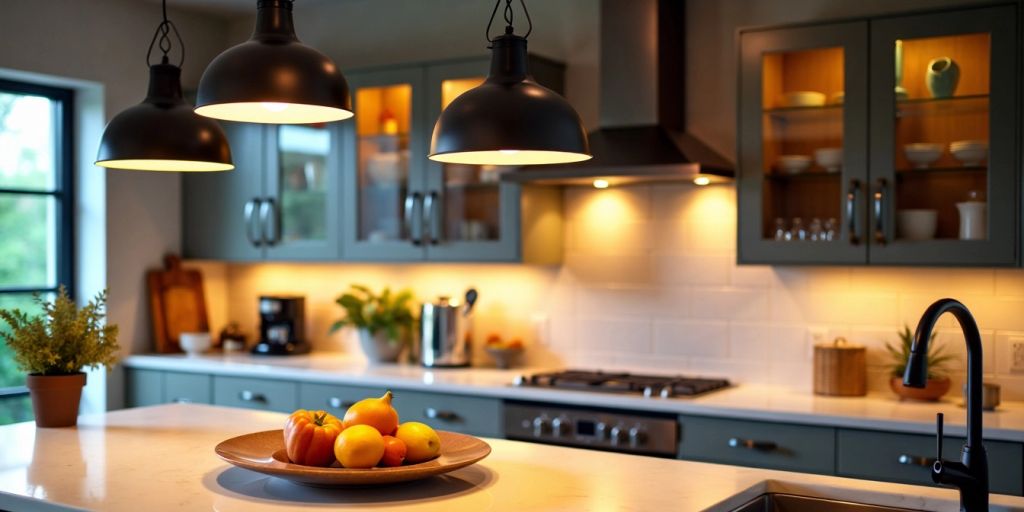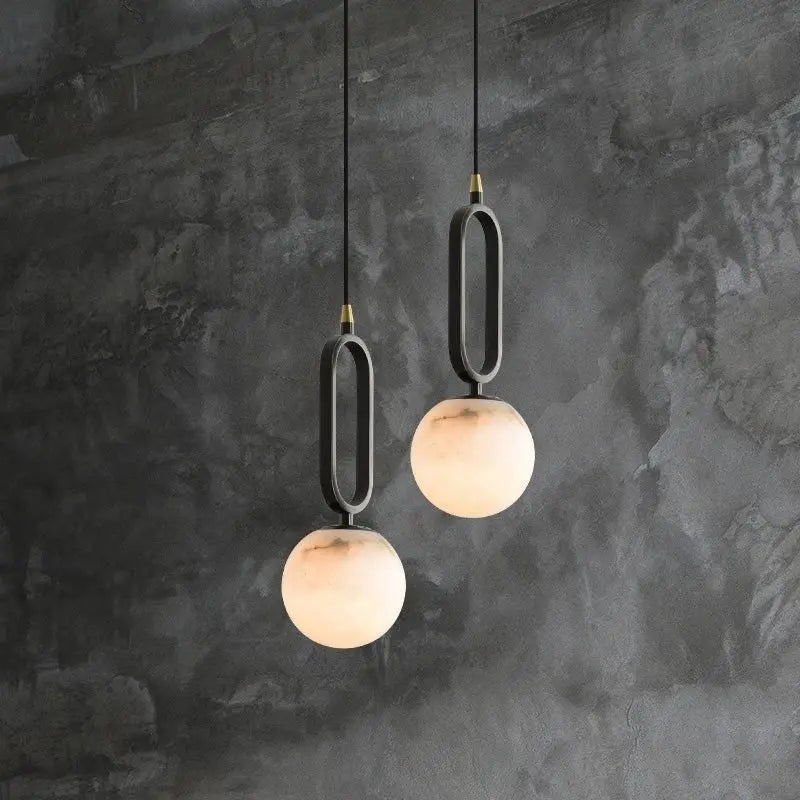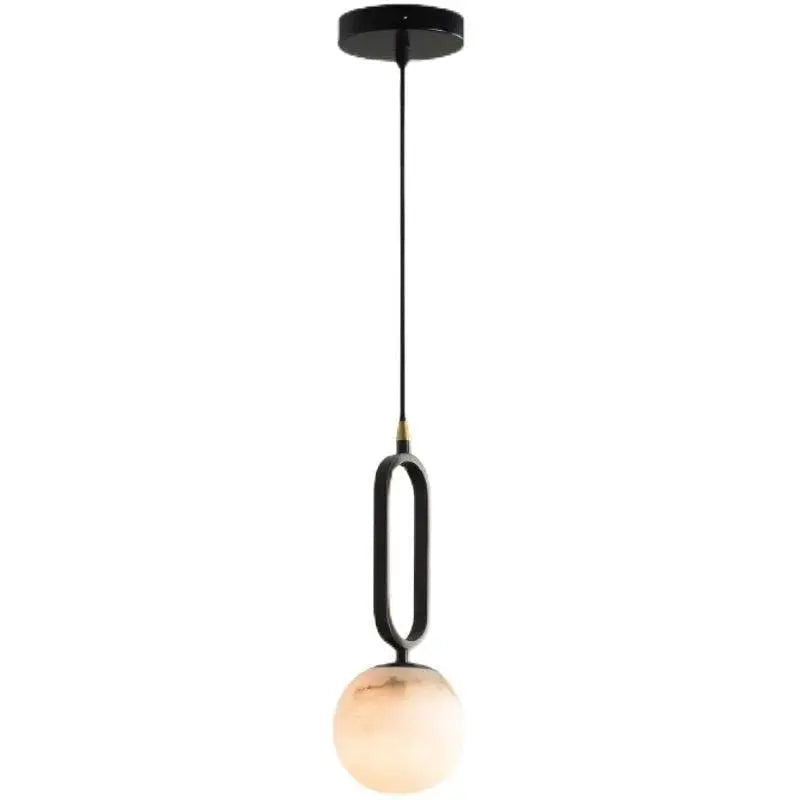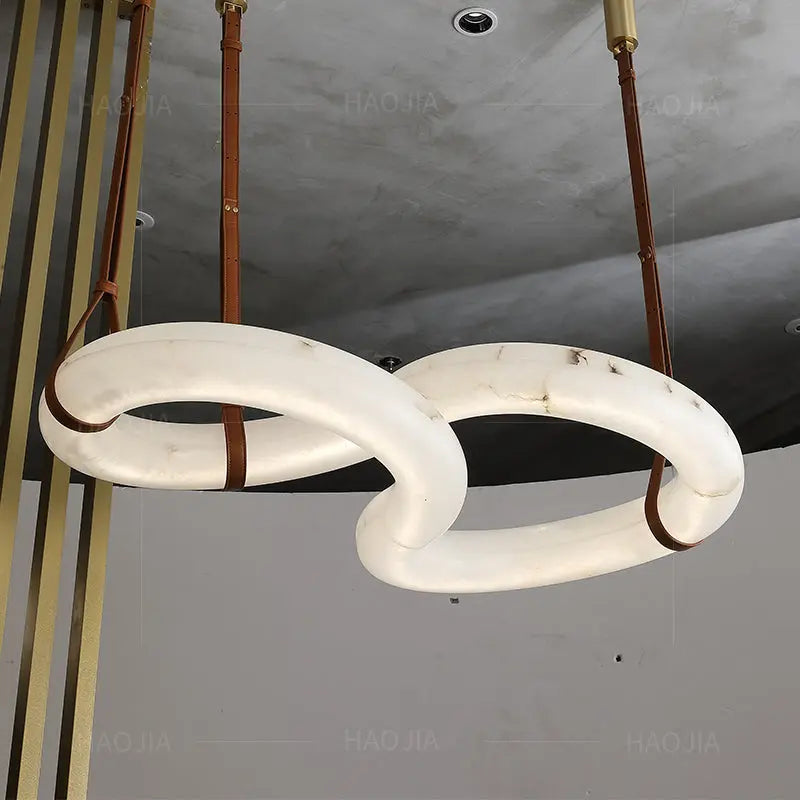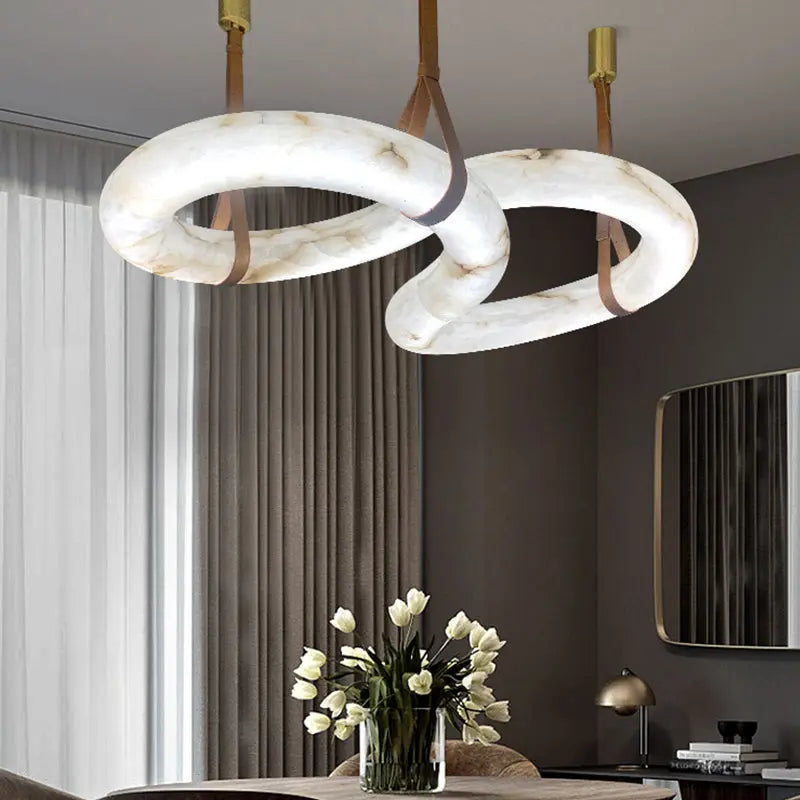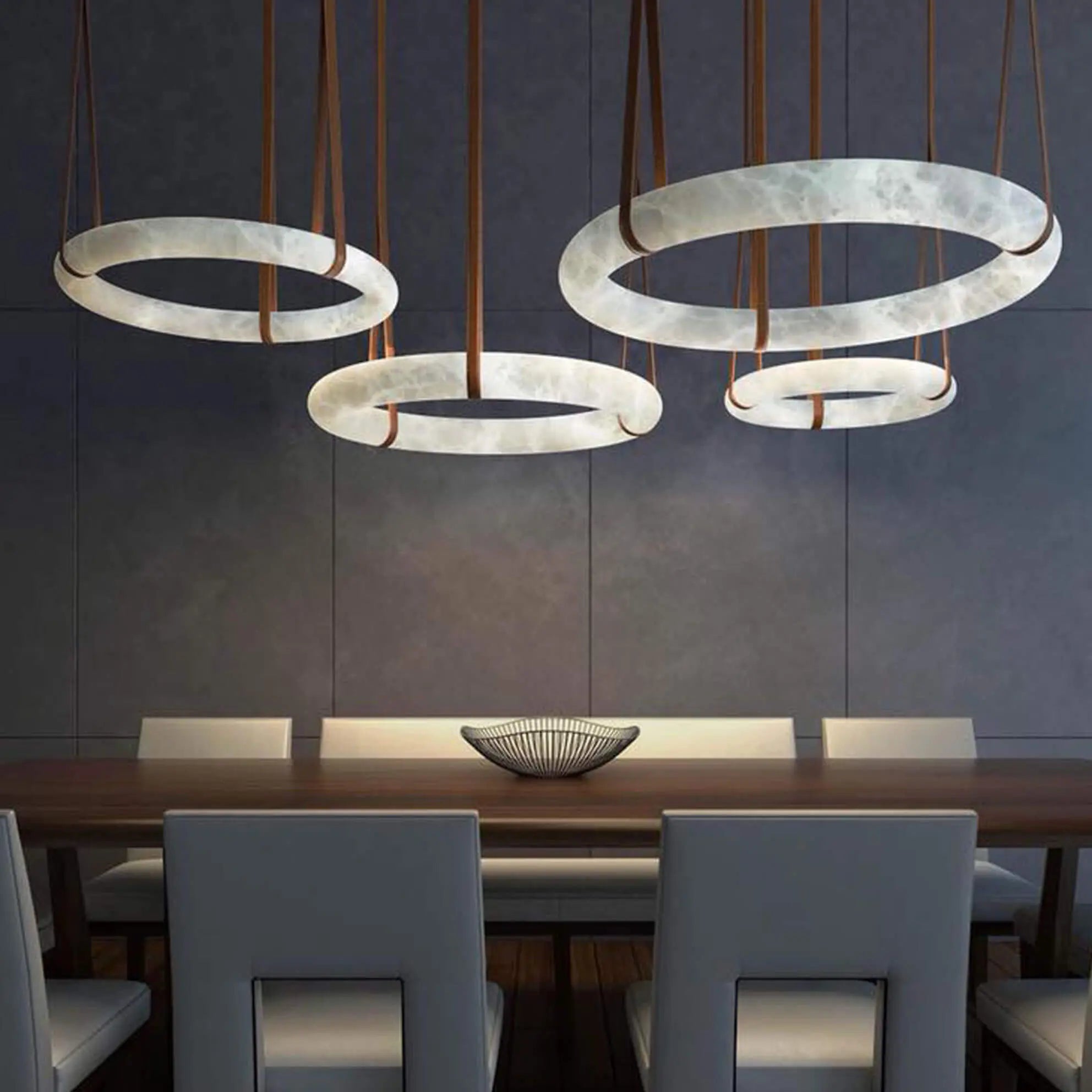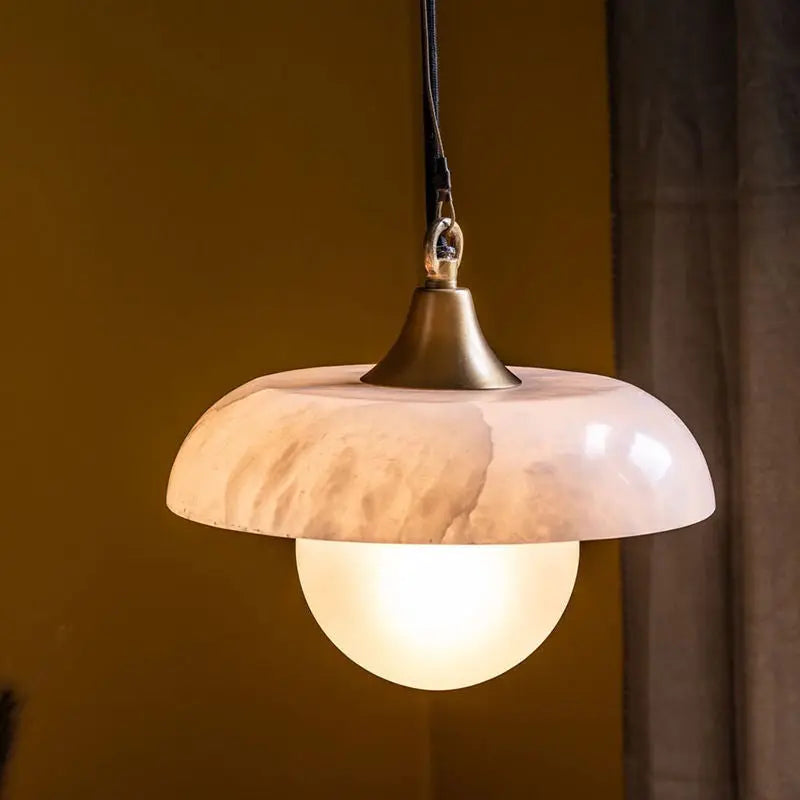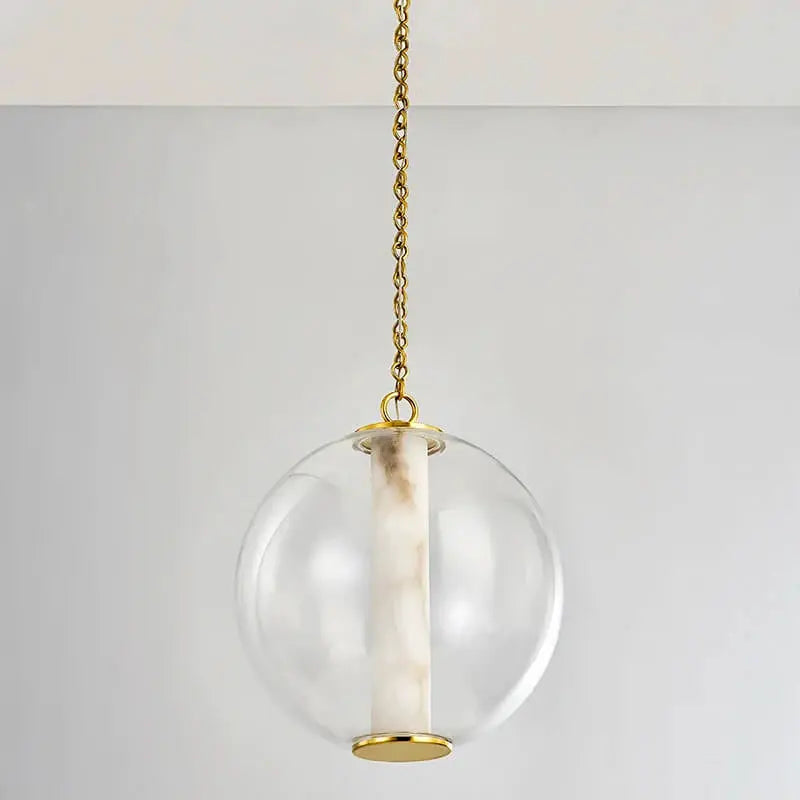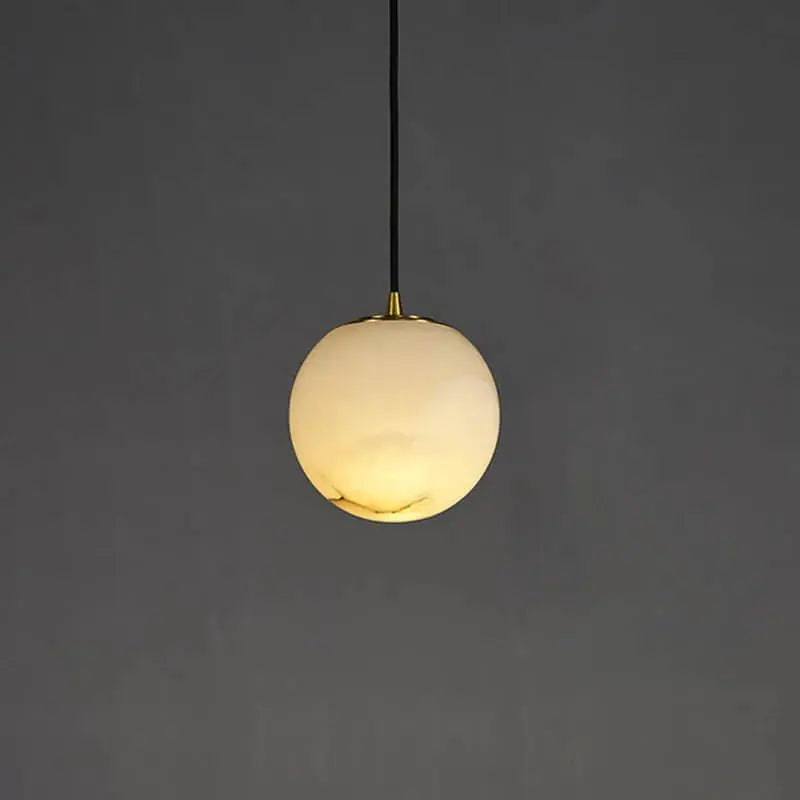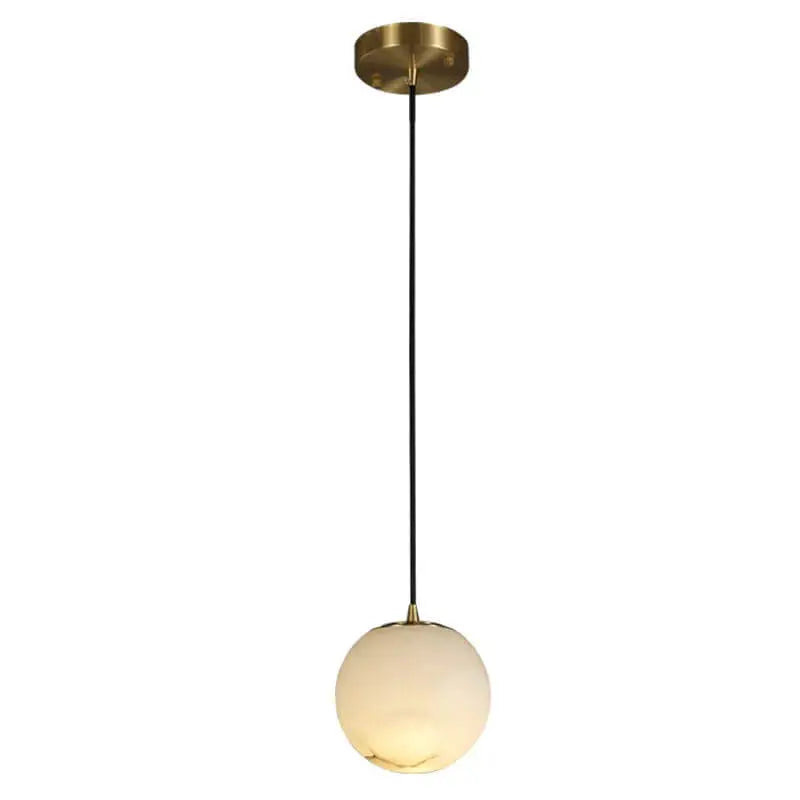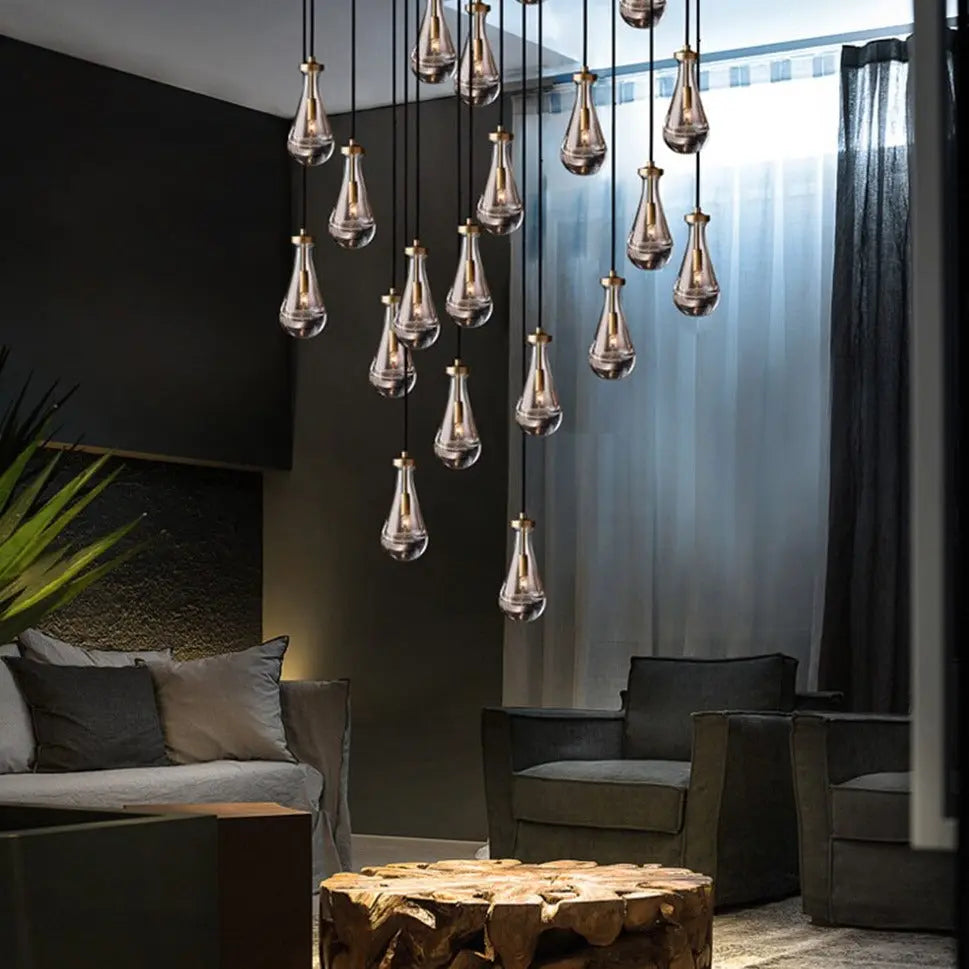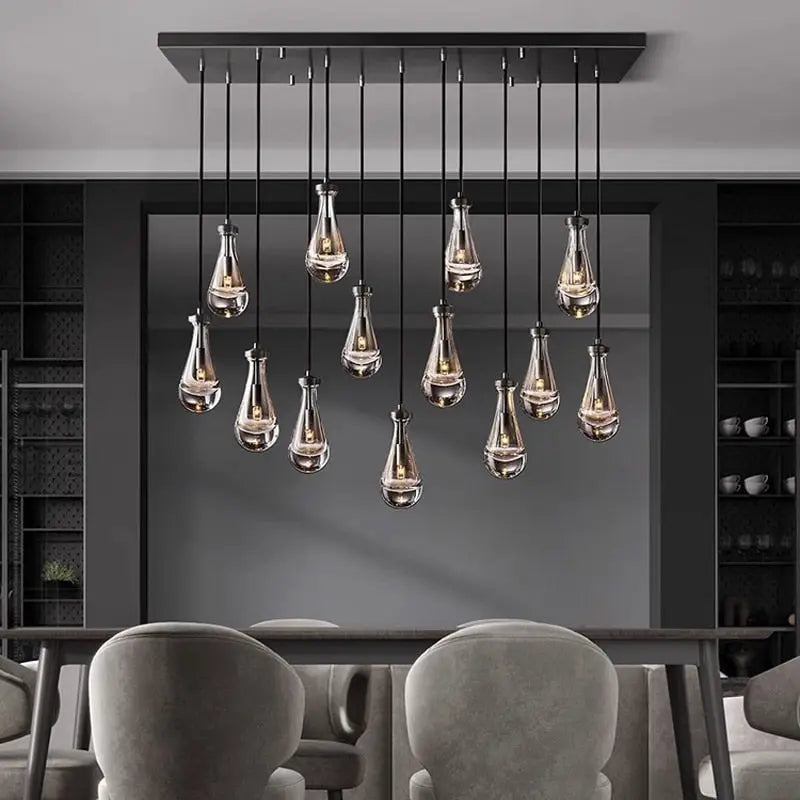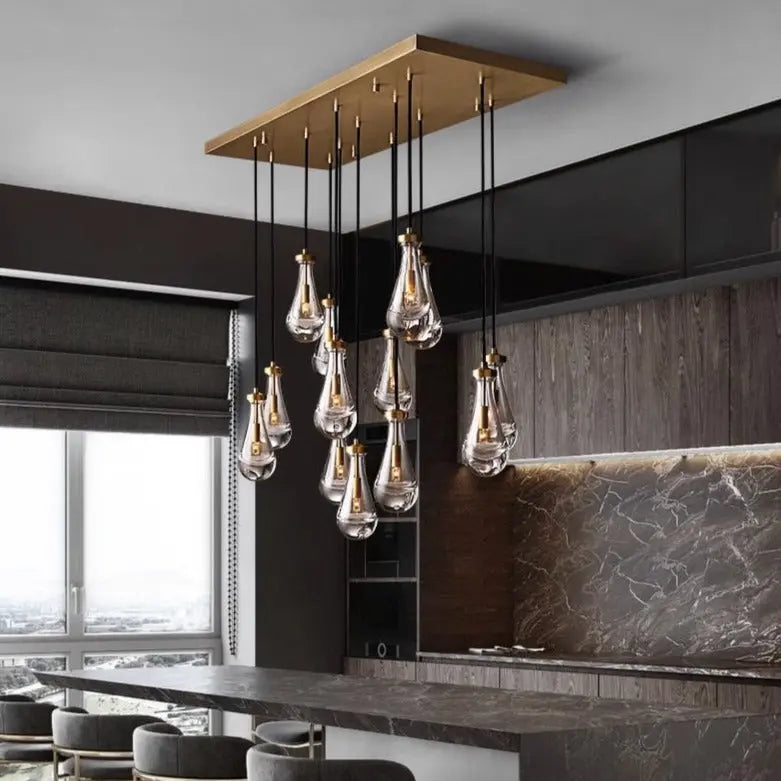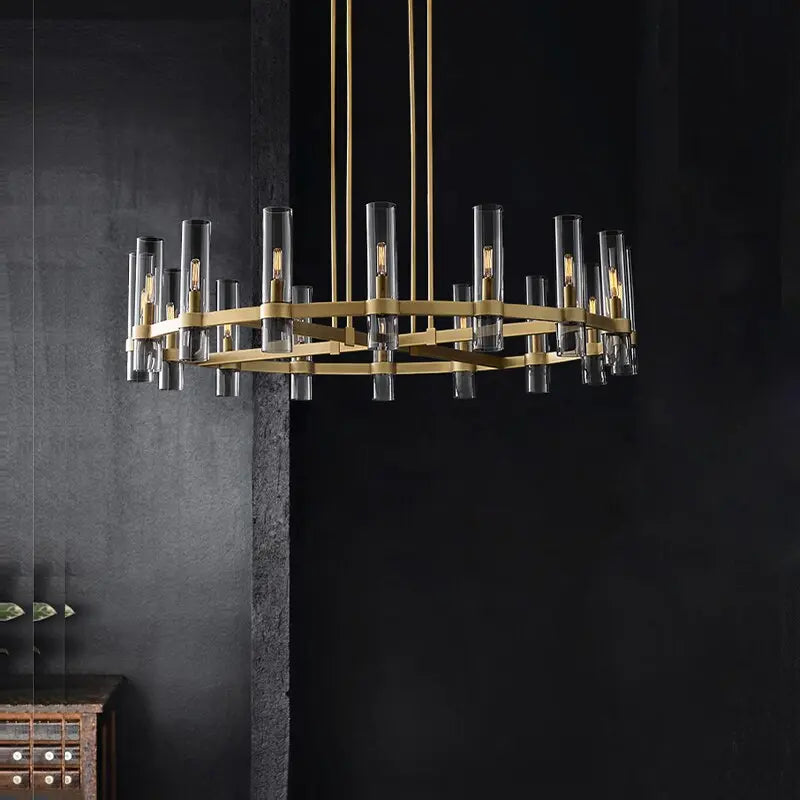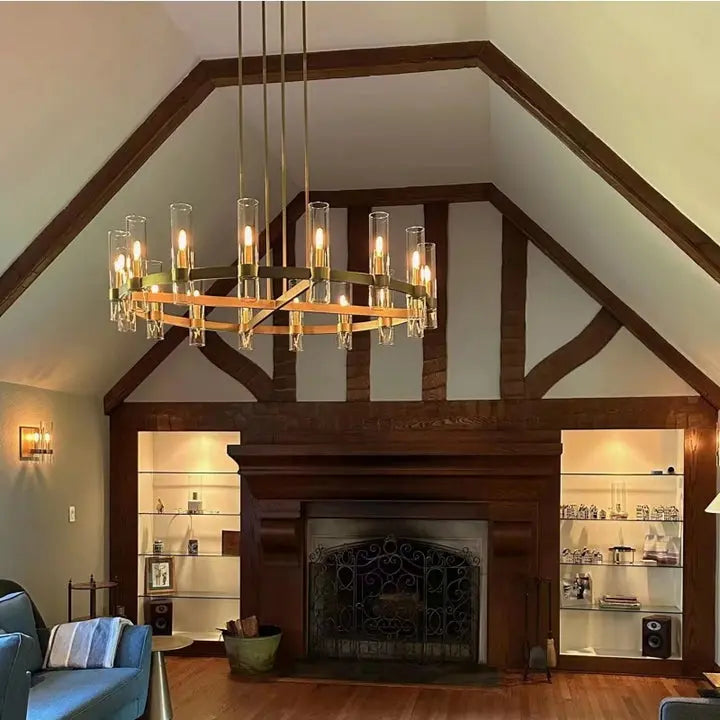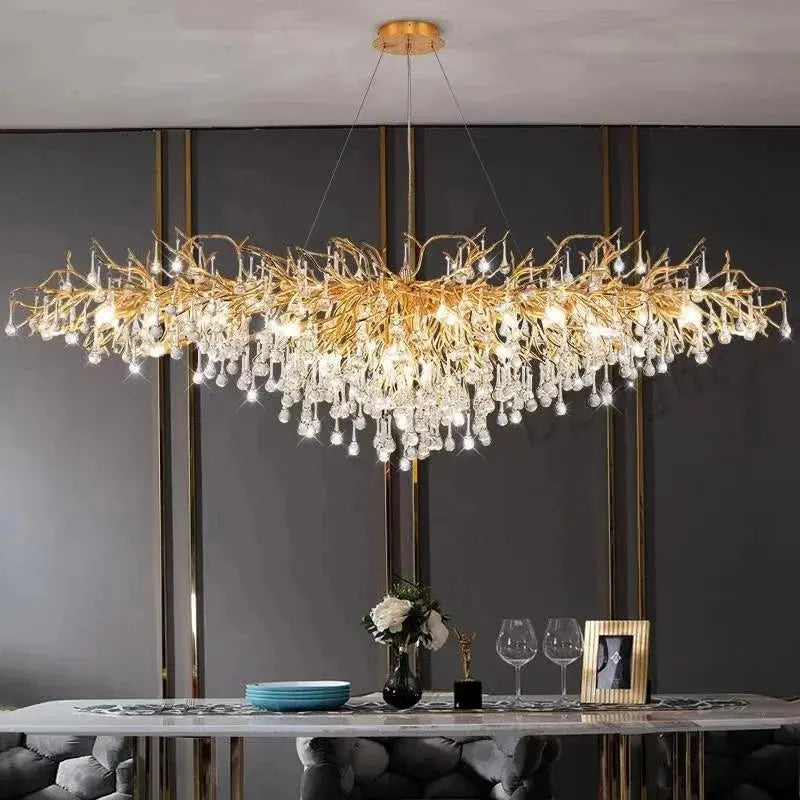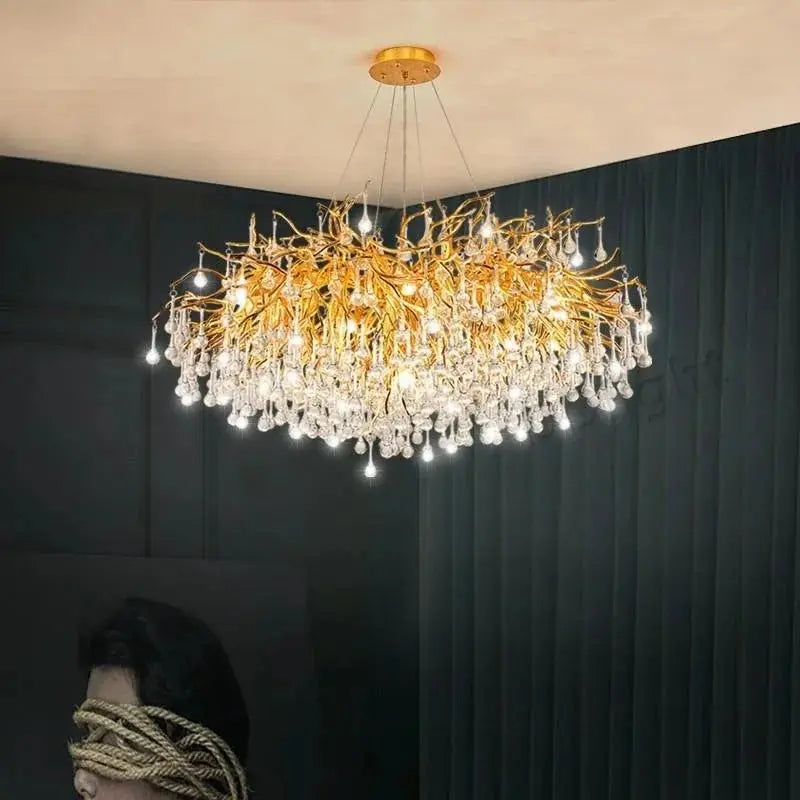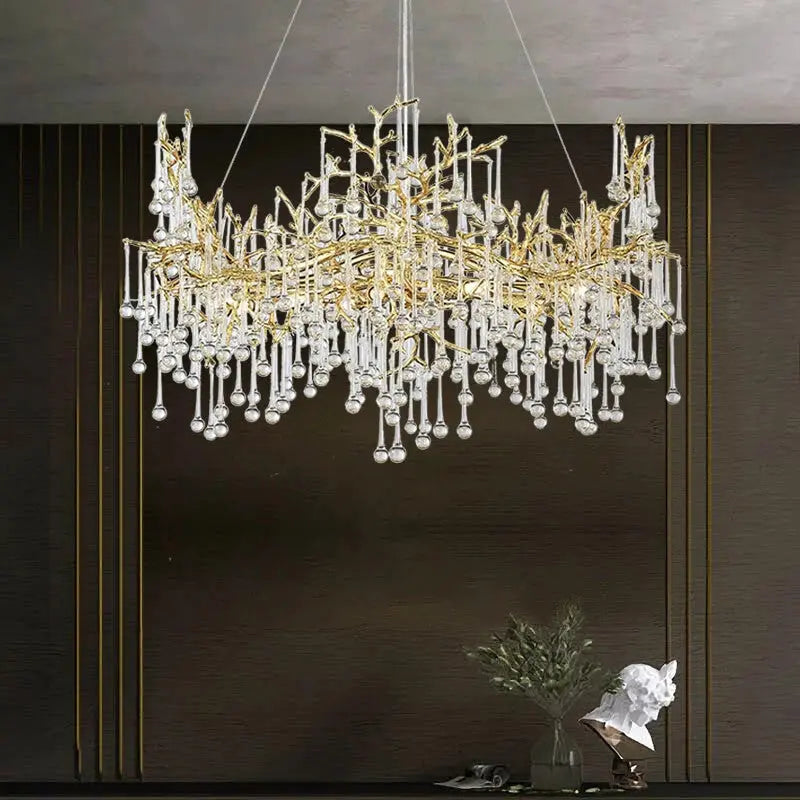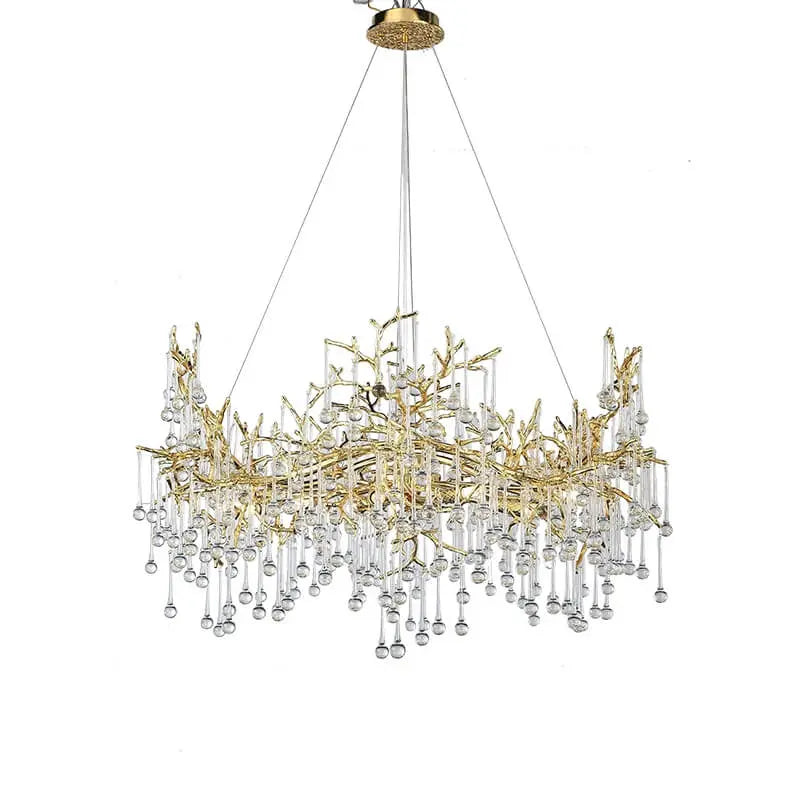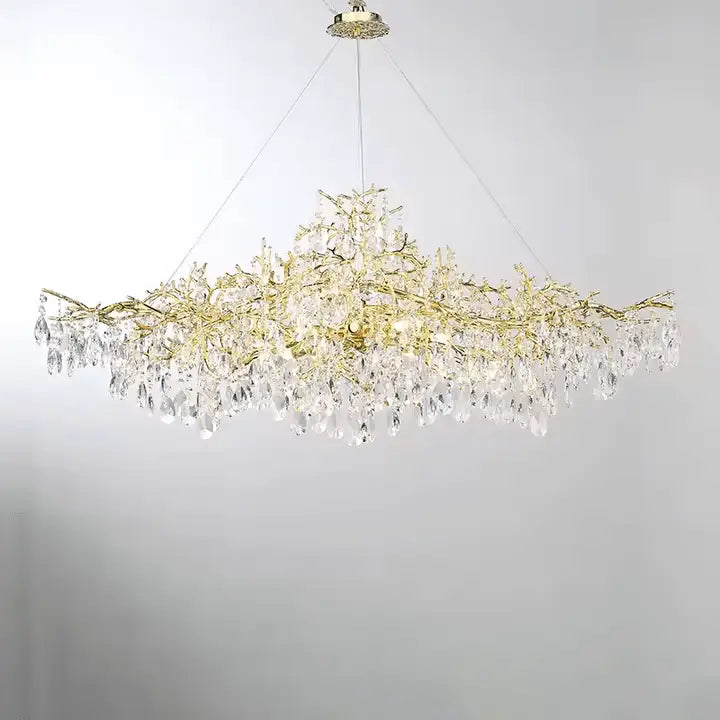Lighting is a crucial part of any kitchen. It not only helps you see what you're doing but also sets the mood and style of the space. Choosing the right lights can make your kitchen feel warm and inviting while being functional for all your cooking needs. In this guide, we will explore different types of kitchen lights and how to use them effectively to brighten your culinary space beautifully.
Key Takeaways
- Layering different types of lighting—ambient, task, and accent—creates a well-lit and inviting kitchen.
- Choose fixtures that fit your kitchen style, such as recessed lights for a modern look or chandeliers for a classic touch.
- Task lighting is essential for work areas like countertops and stoves to ensure safety and efficiency while cooking.
- Energy-efficient LED bulbs are a great choice for saving money and reducing energy use in your kitchen lighting.
- Consider using dimmer switches to adjust brightness and create the right mood for cooking or entertaining.
Layering Your Kitchen Lighting for Optimal Illumination
Creating the perfect lighting in your kitchen involves layering different types of lights. This approach not only enhances functionality but also adds style to your culinary space. Here’s how to effectively layer your kitchen lighting:
Understanding Ambient Lighting
- Ambient lighting is the main source of light in your kitchen. It should be bright enough to illuminate the entire space, making it safe and easy to navigate.
- Common sources include ceiling fixtures, recessed lights, and large pendant lights.
Importance of Task Lighting
- Task lighting focuses on specific areas where you perform activities like cooking or chopping. It helps reduce shadows and improves visibility.
- Key areas to consider:
- Countertops
- Stovetops
- Sinks
- Using LED bulbs is recommended for their energy efficiency and long lifespan.
Adding Accent Lighting for Depth
- Accent lighting adds character and highlights features in your kitchen, such as artwork or architectural details.
- Options include:
- Decorative pendant lights
- Under-cabinet lighting
- Wall sconces
- This type of lighting can create a warm and inviting atmosphere, making your kitchen feel more welcoming.
Remember, the key to successful kitchen lighting lies in layering different light sources to achieve a balanced and adaptable environment. Embrace the interplay of ambient, task, and accent lighting to highlight your kitchen’s best features while ensuring every culinary endeavor is well-illuminated.
By combining these three types of lighting, you can create a kitchen that is not only functional but also visually appealing. Whether you choose captivating chandeliers or sleek recessed lights, the right combination will transform your space into a culinary haven.
Choosing the Right Fixtures for Your Kitchen
Selecting the right lighting fixtures is essential for creating a functional and stylish kitchen. The right lights can transform your space! Here are some key types to consider:
Recessed Lighting for a Sleek Look
- Space-saving: Recessed lights are installed into the ceiling, providing a clean and modern look.
- Versatile: They can be used for general illumination or to highlight specific areas.
- Ideal for small kitchens: They don’t take up visual space, making them perfect for compact areas.
Pendant Lights for Style and Function
- Focal point: Pendant lights can serve as a statement piece, adding character to your kitchen.
- Task lighting: They provide focused light over islands or dining areas, enhancing functionality.
- Variety of designs: From modern to farmhouse styles, there’s a pendant light for every decor.
Chandeliers for a Statement Piece
- Grand ambiance: Chandeliers can create a warm and inviting atmosphere, perfect for dining areas.
- Design harmony: They can complement other decor elements, enhancing the overall aesthetic.
- Consider size: Ensure the chandelier fits well in your space without overwhelming it.
Choosing the right fixtures not only improves functionality but also enhances the beauty of your kitchen. Consider your style and needs when making your selection.
In summary, when selecting kitchen lighting, think about how each fixture will work together to create a balanced and inviting space. Whether you prefer the sleek look of recessed lights, the charm of pendant lights, or the elegance of a chandelier, the right choice can elevate your kitchen's design. Don't forget to explore affordable kitchen decor ideas to complement your lighting choices!
Maximizing Functionality with Task Lighting
Lighting for Countertops and Work Areas
Task lighting is essential for areas where you prepare food and cook. Here are some key points to consider:
- Ensure safety by illuminating countertops, stoves, and sinks.
- Use LED bulbs for their energy efficiency and long life.
- Choose color temperatures that match your kitchen's vibe: warm whites for cozy settings or cool whites for a lively feel.
Under-Cabinet Lighting Solutions
Under-cabinet lights are a great way to brighten up your workspace. They can:
- Provide direct light where you need it most.
- Be installed easily and come in various styles, including LED strips and puck lights.
- Help create a minimalist home office decor feel when used in a kitchen office setup.
Adjustable Track Lighting
Track lighting offers flexibility and can be adjusted to focus on specific areas. Consider these benefits:
- Versatile positioning allows you to direct light where it's needed.
- Great for highlighting artwork or architectural features in your kitchen.
- Can be combined with other lighting types for a layered effect.
Remember, the key to effective kitchen lighting is to layer different sources to create a balanced and functional environment. Task lighting is crucial for ensuring that every culinary endeavor is well-illuminated, making your kitchen a true centerpiece of your home.
Enhancing Aesthetics with Accent Lighting
Accent lighting is a fantastic way to add character and charm to your kitchen. It highlights special features and creates a warm atmosphere. Here are some ways to effectively use accent lighting:
Highlighting Architectural Features
- Use spotlights to draw attention to unique architectural elements like arches or beams.
- Install wall sconces to illuminate artwork or decorative pieces.
- Consider backlighting shelves to make your favorite dishes or cookbooks stand out.
Using LED Strips for Modern Appeal
- LED strips can be placed under cabinets for a sleek look.
- They come in various colors, allowing you to change the mood of your kitchen easily.
- These strips are energy-efficient and can be cut to fit any space.
Decorative Pendant Lights
- Pendant lights can serve as both functional and decorative elements.
- Hang them over islands or dining areas to create a focal point.
- Choose styles that match your kitchen's theme, whether it's contemporary / modern lighting or rustic charm.
Accent lighting not only enhances the beauty of your kitchen but also makes it feel more inviting. By carefully selecting your fixtures, you can create a space that is both stylish and functional.
Energy Efficiency and Sustainability in Kitchen Lighting
Benefits of LED Bulbs
LED bulbs are a fantastic choice for kitchen lighting. They use much less energy than traditional bulbs and last significantly longer. Here are some key points about LED bulbs:
- Energy-efficient: They consume up to 80% less energy.
- Long-lasting: Can last up to 25,000 hours.
- Variety: Available in different color temperatures to match your kitchen's vibe.
Incorporating Natural Light
Using natural light is a great way to save energy. Here are some tips:
- Install skylights to bring in sunlight.
- Use light-colored curtains to allow more light in.
- Position mirrors to reflect light around the room.
Using Dimmer Switches for Flexibility
Dimmers are a simple way to control the brightness in your kitchen. They help you:
- Adjust lighting for different tasks.
- Create a cozy atmosphere for dining.
- Save energy by using only the light you need.
Remember, creating an eco-friendly home decor starts with smart lighting choices. By selecting energy-efficient options, you not only save money but also contribute to a healthier planet.
In summary, focusing on energy efficiency and sustainability in your kitchen lighting can lead to a more functional and stylish space. Consider options like LED bulbs, natural light, and dimmer switches to enhance your culinary area while being kind to the environment. Don't forget to explore a wide range of exquisite crystal chandeliers to elevate your kitchen's aesthetic!
Integrating Lighting with Kitchen Design Styles
Modern Kitchen Lighting Ideas
Modern kitchens focus on clean lines and simplicity. To illuminate your kitchen the best way, consider using recessed lighting, LED panels, and sleek pendant lights. Choose fixtures in neutral colors like white or black to keep the look streamlined. Dimmable lights can help adjust the mood and highlight your kitchen's features.
Farmhouse Kitchen Lighting Tips
Farmhouse kitchens are all about warmth and charm. Use pendant lights with rustic finishes or wrought iron chandeliers to create a cozy atmosphere. Combine these with ceiling-mounted ambient lighting to balance style and function. Incorporating natural materials like wood can enhance the farmhouse feel.
Industrial Kitchen Lighting Solutions
For an industrial vibe, think about using raw materials and exposed fixtures. Track lighting with adjustable heads and metal pendant lights work well in this style. Edison bulb chandeliers can add a bold touch. Integrating concrete elements in your lighting design can reinforce the overall industrial theme.
Remember, the right lighting can transform your kitchen into a beautiful and functional space. By choosing fixtures that match your design style, you can create a welcoming environment for cooking and gathering.
Summary of Kitchen Design Styles and Lighting
| Design Style | Recommended Lighting Fixtures | Key Features |
|---|---|---|
| Modern | Recessed lights, LED panels, sleek pendants | Clean lines, minimalism |
| Farmhouse | Rustic pendants, wrought iron chandeliers | Warm tones, vintage elements |
| Industrial | Track lighting, metal pendants, Edison bulbs | Raw materials, utilitarian vibe |
| Traditional | Ornate chandeliers, decorative recessed lights | Classic details, rich materials |
| Contemporary | Unique shapes, smart lighting systems | Innovation, adaptability |
Practical Tips for Selecting Kitchen Ceiling Lights
Choosing the right ceiling lights for your kitchen can make a big difference in both functionality and style. Here are some practical tips to help you select the best options:
Assessing Your Kitchen Layout
- Consider the size and shape of your kitchen. Larger kitchens may need multiple light sources, while smaller spaces can benefit from compact fixtures.
- Take note of your ceiling height. For low ceilings, flush mounts or semi-flush mounts work best, while higher ceilings can accommodate chandeliers or pendant lights.
- Ensure that your lighting minimizes glare and shadows to enhance visibility in work areas.
Choosing the Right Bulbs
- Opt for LED bulbs for energy efficiency and longevity. They can save you money in the long run.
- Select color temperatures that match your kitchen's vibe: warm whites for a cozy feel or cool whites for a vibrant atmosphere.
- Dimmer switches are a great addition, allowing you to adjust brightness based on your needs, whether cooking or entertaining.
Coordinating with Kitchen Colors and Materials
- Make sure your lighting fixtures complement your kitchen's color scheme. For example, metallic finishes like brushed nickel or brass can add elegance.
- Consider the overall decor style of your kitchen—whether it's modern, farmhouse, or industrial—to choose fixtures that enhance the look.
- Layer your lighting by combining ambient, task, and accent lights for a well-rounded and inviting space.
Selecting the right ceiling lights is essential for creating a kitchen that is both functional and beautiful. A well-lit kitchen can inspire creativity and make cooking a joy.
Summary Table of Lighting Options
| Fixture Type | Best For | Style Options |
|---|---|---|
| Flush Mount Lights | Low ceilings | Minimalist, decorative |
| Semi-Flush Mounts | Medium ceilings | Visual interest |
| Chandeliers | High ceilings | Focal point, decorative |
| Pendant Lights | Islands or tables | Stylish, functional |
Choosing the right ceiling lights for your kitchen can really change the look of your space. Think about the style you want, whether it's modern or traditional. Also, consider how bright you want the lights to be. Don't forget to check out our website for more tips and a great selection of lights that fit your needs!
Final Thoughts on Kitchen Lighting
Choosing the right lights for your kitchen is important for both looks and usefulness. By mixing different types of lights, like general, task, and accent lighting, you can make your kitchen shine in every way. Whether you like modern recessed lights, charming farmhouse pendants, or striking industrial chandeliers, the right lighting can turn your kitchen into a bright and inviting space. With some careful thought and planning, your kitchen will not only be a great place to cook but also a beautiful part of your home.
Frequently Asked Questions
What types of lighting should I use in my kitchen?
You should use three types of lighting: ambient for overall light, task for specific areas like countertops, and accent to highlight features.
How do I choose the right kitchen light fixtures?
Consider your kitchen's size and style. Fixtures like recessed lights are great for small spaces, while larger kitchens can use pendants or chandeliers.
What is the best type of bulb for kitchen lighting?
LED bulbs are the best choice because they save energy and last a long time. Choose warm white for a cozy feel or cool white for a bright look.
Can I use dimmer switches in my kitchen?
Yes, dimmer switches are great! They let you change the brightness to fit different activities, from cooking to dining.
How can I use natural light in my kitchen?
You can add windows or skylights to let in natural light, which makes the space feel bigger and brighter.
What should I consider when planning my kitchen lighting?
Think about your kitchen's layout, the colors of your decor, and how you use the space to choose the best lighting.

